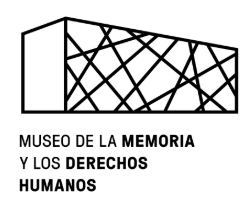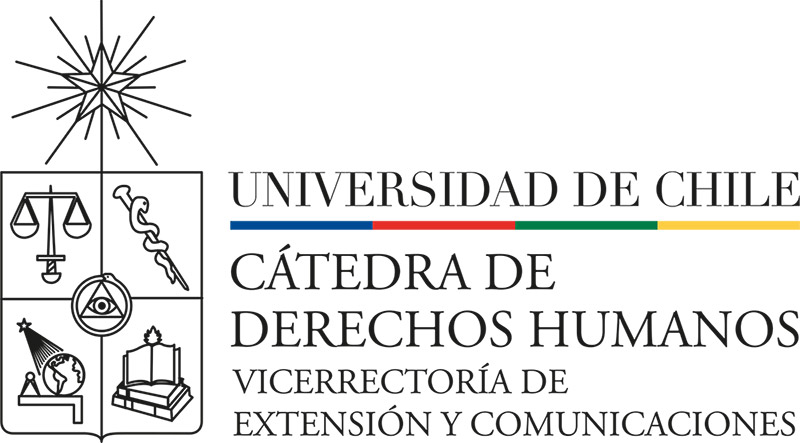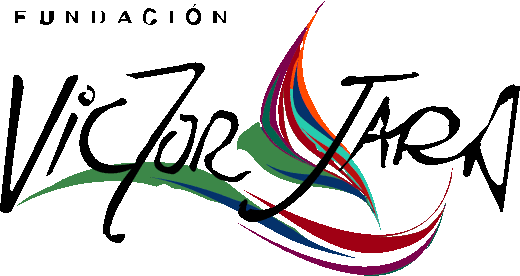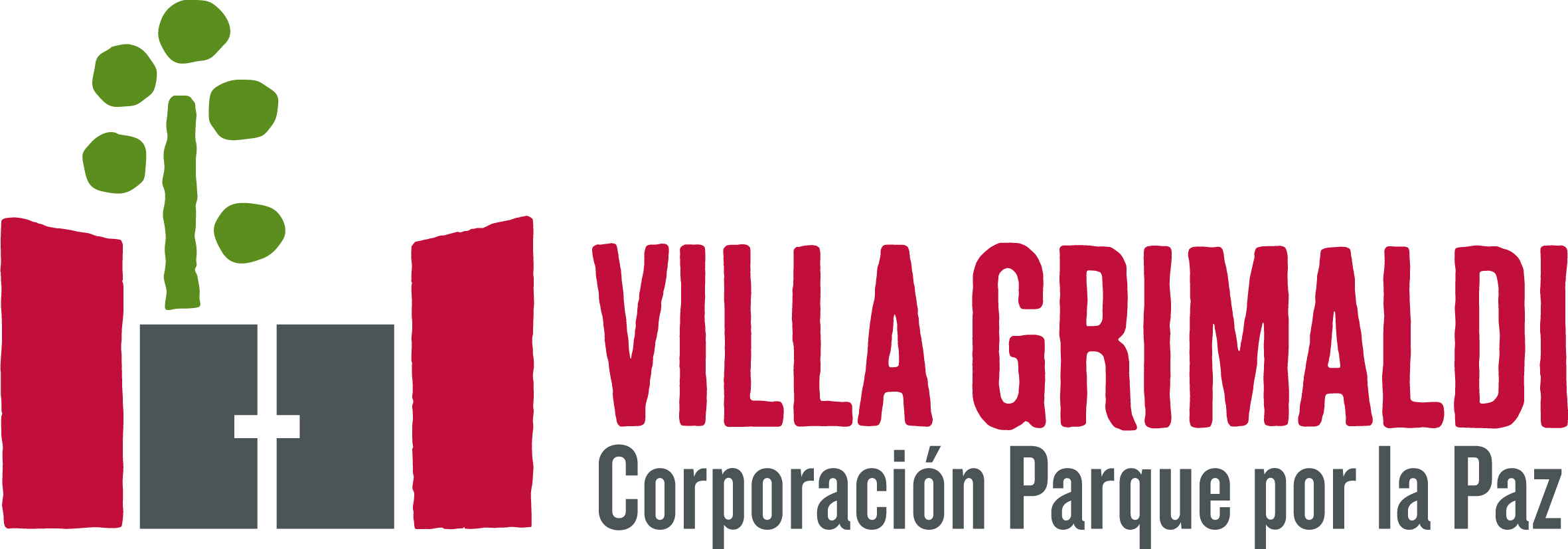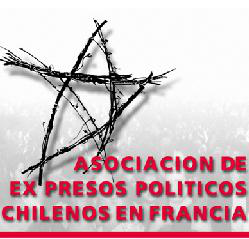 Cantos Cautivos
Cantos Cautivos
37 results where found for «Manuel José Castilla»
Music piece by:
José Luis Armenteros and Pablo Herrero, popularised by Nino Bravo.
Testimony by:
Paicavi Painemal
Experience in:
Comisaría de Carabineros N° 2, Temuco, 22 April 1985
Tags:
Music piece by:
José Luis Armenteros and Pablo Herrero, popularised by Nino Bravo.
Testimony by:
Marianella Ubilla
Experience in:
Campamento Prisioneros Estadio Regional, Christmas 1973
Tags:
You Can Blame Me (Échame a mí la culpa)
Music piece by:
José Ángel Espinoza, aka Ferrusquillo
Testimony by:
Marcia Scantlebury
Experience in:
Campamento de Prisioneros Cuatro Álamos, June 1975
Tags:
Candombe for José (Candombe para José)
Music piece by:
Roberto Ternán
Testimony by:
Sara De Witt
Experience in:
Campamento de Prisioneros, Tres Álamos, September 1976
Tags:
Candombe for José (Candombe para José)
Music piece by:
Roberto Ternán
Testimony by:
Alejandro Olate
Experience in:
Tags:
Candombe for José (Candombe para José)
Music piece by:
Roberto Ternán
Testimony by:
Amelia Negrón
Experience in:
Campamento de Prisioneros, Tres Álamos, June 1976
Tags:
Words for Julia (Palabras para Julia)
Music piece by:
José Agustín Goytisolo (lyrics) and Paco Ibáñez (music)
Testimony by:
Amelia Negrón
Experience in:
Campamento de Prisioneros, Tres Álamos, 1975 and 1976, until the closure of Tres Álamos
Tags:
Ode to Joy (Himno a la alegría)
Music piece by:
original by Friedrich von Schiller (lyrics) and Ludwig van Beethoven (music). Free version in Spanish by Amado Regueiro Rodríguez, aka Orbe (lyrics) y Waldo de los Ríos (music), popularised in Chile by Miguel Ríos.
Testimony by:
Amelia Negrón
Experience in:
Campamento de Prisioneros, Tres Álamos, 31 December 1975
Tags:
The Paper Boat (El barco de papel)
Music piece by:
Julio Numhauser, popularised by the band Amerindios
Testimony by:
José Selín Carrasco Vargas
Experience in:
Tags:
Prayer So You Don't Forget Me (Oración para que no me olvides)
Music piece by:
Óscar Castro (words) and Ariel Arancibia González (music)
Testimony by:
Rosalía Martínez
Experience in:
Campamento de Prisioneros Cuatro Álamos, November - December 1974
Tags:
